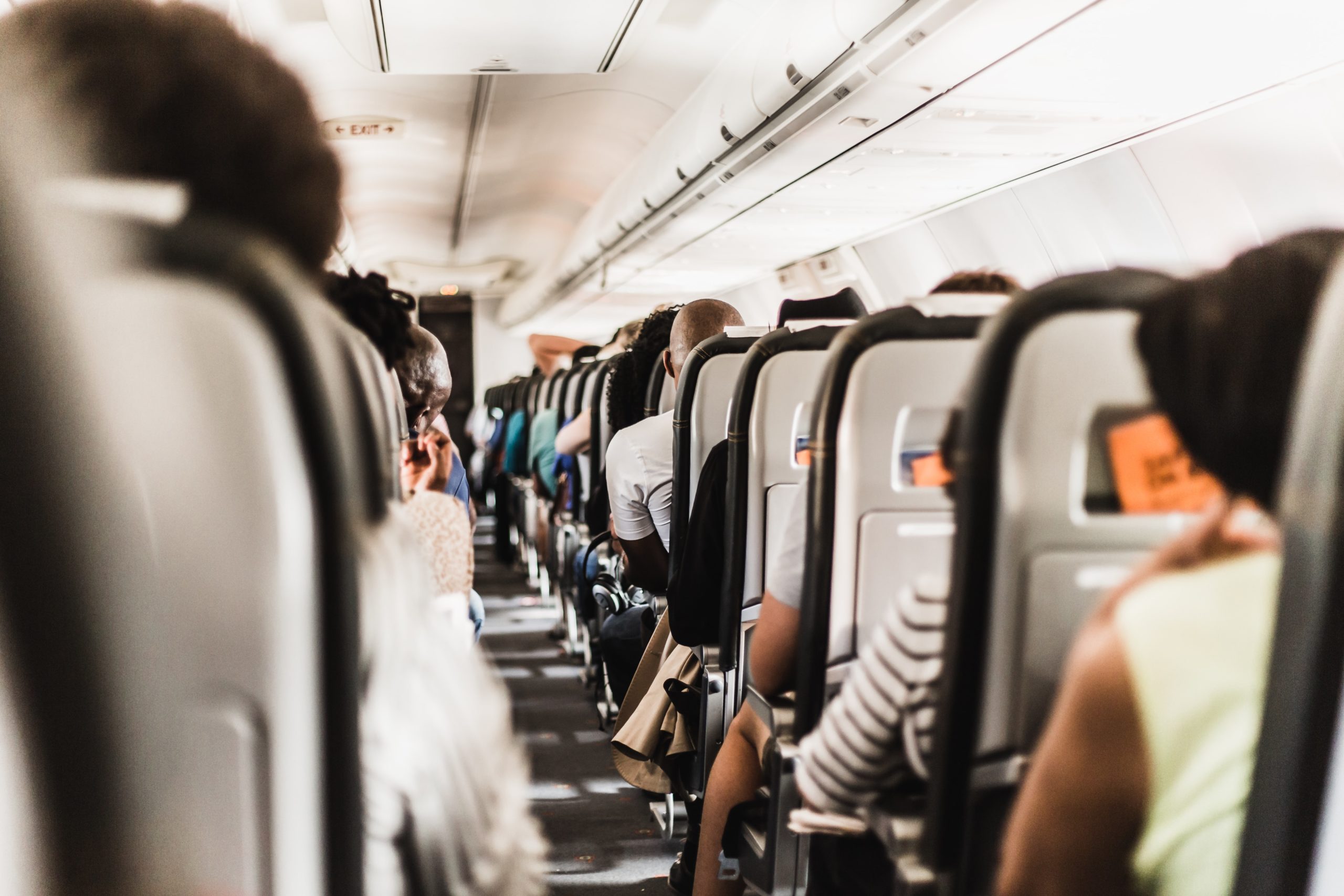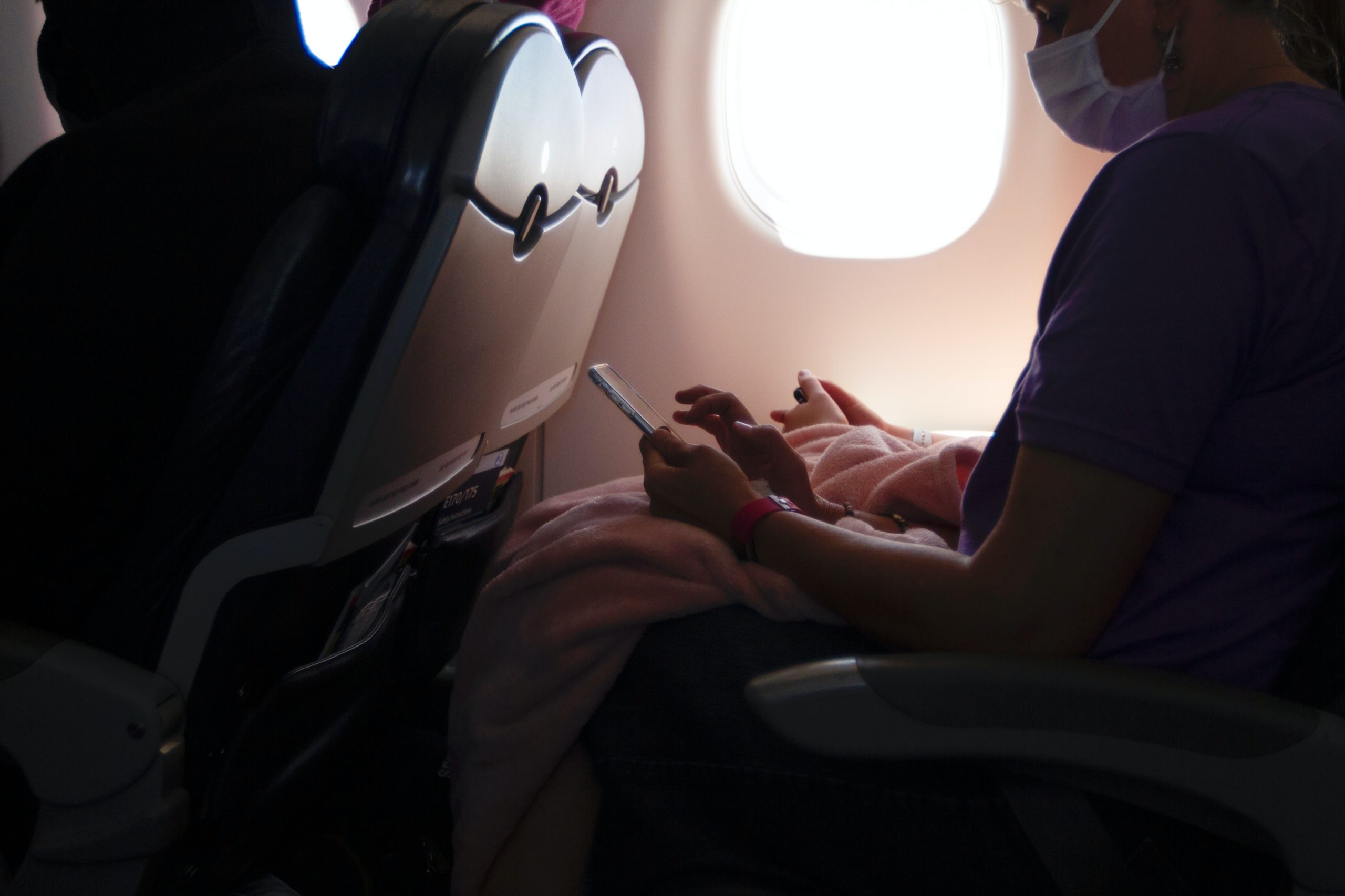
Frequent hand washing, wearing masks and hand sanitising have now all been fully integrated into our everyday lives. However, the prospect of traveling, and in particular flying, is still very daunting, more so if you have kids. We all know how many viruses and bacteria live in airports and planes so how can we protect ourselves and our children when we have to travel? Many of us will simply choose not to but there may be times when we have no choice but to brave the airlines with our little ones.
The good news is that overall, flights are much more hygienic than they used to be. Airlines have upped their game in terms of cleanliness due to the current pandemic. The air filtration on planes is very effective and in fact the air is cleaner than the air we breathe in offices and schools. The filtration systems should capture 94%-99.9% of airborne microbes.
Below are some tips to help reduce the risk of catching infections, in particular COVID-19, while flying.
- Make sure you are all wearing masks and take spares. Most airlines have mandated this now. If your child is too young to tolerate a mask you can use a face shield. If you have a baby and can wear neither, try and place them in the window seat.
- Take your own blanket to cover the seats so children are touching clean surfaces and are less exposed to germs on seats and surfaces.
- In general, if an infectious person sneezes or coughs, it can spread up to a metre. This means window seats are the safest place to sit, as you are less exposed to people walking in aisles. This is the best seat option for kids. In public spaces, like waiting in queues, stay at least 6 feet (two adult arms lengths) away from others.

- When you get to your seats, use alcohol wipes to clean down all surfaces – seatbelts, arm rests, tray tables and monitors. If you are using the airline bassinet or baby seat, wipe this down too and place your own blanket over them. We are unsure how long some viruses, including coronaviruses, can survive on different materials so it is best to be cautious and wipe everything down.
- Regularly use hand sanitiser to kill germs on hands.
- Try to stay in your seat and refrain from walking up and down aisles unnecessarily, as you are increasing the number of people, and therefore germs you are coming into contact with. This is especially important for kids.
- When visiting the toilet, wash hands thoroughly with soap and water for at least 20 seconds and then use hand sanitiser once you are back in your seat.
- Try and avoid unnecessarily touching your mouth, eyes and nose – this is very difficult to do with children but try your best and frequently use hand sanitiser on those little hands.
- Stay well hydrated. In flight, air has low humidity which can dry out mucous membranes in the nose, making them less protective against infections.
- Keep overhead vents on. The strong currents attract in air and therefore germs directly down onto the floor so you are less likely to breathe them in.
- Limit the number of toys/items you take with you to entertain kids on the flight. Clean all items, especially if they fall on the floor.
- Once you are off the flight and home/in the hotel, have a shower and wash all flight clothes.
Dr Gina Dahel is a paediatric trained doctor based at IMC Children’s.








